UV Industry Associations discourage UV light use on human body
The International Ultraviolet Association (IUVA) and RadTech North America would like to inform the public that there are no protocols to advise or to permit the safe use of UV light directly on the human body at the wavelengths and exposures proven to efficiently kill viruses such as SARS-CoV-2. The two organizations are educational and advocacy organizations consisting of UV equipment vendors, scientists, engineers, consultants, and members of the medical profession.
UV light under the conditions known to kill such viruses are also known to cause severe skin burns, skin cancer and eye damage. The UV organizations recommend that anyone using UV light to disinfect medical equipment, surfaces or air in the context of COVID-19, applications that are supported by sound scientific evidence, follow all recommended health and safety precautions and to avoid direct exposure of the body to the UV light.
The ultraviolet spectrum is a band of electromagnetic radiation at higher energies than visible light, split into four major categories: UV-A (400 – 315 nm), UV-B (315 – 280 nm), UV-C (280 – 200 nm), and vacuum-UV (VUV, 100 – 200 nm). UV-A and UV-B are present in sunlight at the earth’s surface; these parts of the ultraviolet spectrum are common causes of sunburn and, with longer-term exposure, melanoma. The risks of human exposure to UV-A and UV-B are well known. Solar UV may be used for disinfection purposes; exposures in the order of several hours to days might be effective at treating surfaces and water. Artificial sources of UV-A and UV-B are not commonly used for disinfection.
UV-C has been used for disinfection for over a century, with applications in water treatment, air systems and surfaces. The use of UV-C as a disinfectant is supported by decades of scientific research. UV-C radiation is absorbed by DNA and RNA, changing its structure. This damage inhibits the ability of the affected cells to reproduce, meaning that they cannot infect and are no longer dangerous. Whereas the UV exposure required to inactivate different microorganisms varies, though there are no known microorganisms that are immune to this treatment and it is regularly used against bacteria, viruses and protozoa.
In the same way that UV-C can inactivate bacteria and viruses, it can be damaging to human cells too. This exposure can cause skin irritation, damage to the cornea and cell mutations leading to cancer. Exposure to UV-C radiation is regulated globally, with a common agreement on the risk to human health and safe exposure levels. These regulations and standards set limits on allowable exposure, though in all cases it is recommended to avoid UV exposure where possible.
